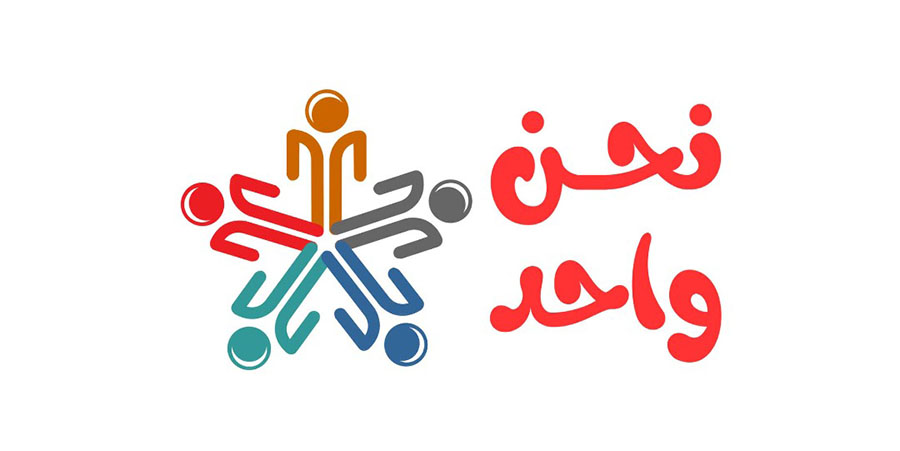
After Centuries of War, Can the Language of Hatred Among Sudanese End?
By Abdullah Eidrous
For almost sixty years, the fighting between Sudanese people in the 18th and 19th centuries never ceased, from the time the Humj rose to power in the Funj Sultanate until the invading armies occupied Sennar and other cities. From 1862 until Muhammad Ali Pashas invasion in 1821, the Funj fought the Fur, the Funj battled the Nubians, and the Fur clashed with tribes in Bahr el Ghazal. During this period, the Humj also waged wars against their enemies and amongst themselves, culminating in the all-encompassing "war of everyone against everyone"—the "Kaiman War," which created conditions ripe for enemy invasions, leading to our land being occupied and our people subjugated.
For sixty years of occupation, resistance persisted, with invaders continuing to kill us using Sudanese hands and weapons against one another until the Mahdist Revolution erupted, uniting a large portion of Sudan and defeating the invaders. However, the newly born state of the revolution continued to spill Sudanese blood. Following our defeat by the British colonizer in the Battle of Karari in 1898 until independence in 1956, resistance continued. The colonizer continued killing us by employing some of us against ourselves, causing bloodshed across the country in Gezira, Darfur, the south, and the Nuba Mountains. The national elite, who assumed power from the colonizer, did not hesitate to carry out the same task against their citizens, from the Torit rebellion in 1955 to the Hemedti rebellion in 2023.
What lesson have we learned? What is the essence of this experience? Unfortunately, nothing. Here we are, once again, immersed in the language of hatred and tribal prejudice, deluding ourselves that the solutions to the countrys problems lie in erasing signs of differences and cultural distinctions instead of embracing and celebrating them as sources of wealth and richness.
The language of hatred stemming from differences between tribes or the glorification of one region over another is not the root cause of the war. The primary motive for all wars is the theft of resources and the seizure of power to ensure continuous exploitation of the country and its people. However, the language of hatred is the wars driving force, providing it with self-sustaining power, persistence, and spread, with the war party gaining new ground with each sunset. The language of hatred is a deliberate and organized propaganda tool, used to dissociate the war from its main planners and beneficiaries and to blame a tribe, region, or faction, thus legitimizing the vile acts and ugly practices occurring during the conflict, as long as the victims belong to another group, tribe, or region.
Hatred against any Sudanese tribe aims to distort the nature and truth of the conflict. It is the thick dust that blinds the eyes and obscures vision, the mirage leading to valleys of thirst where survival is impossible. Seeking solutions by eliminating those who differ from us is a futile and endless pursuit, given the nature of life and humanity. No region exists without tribes with differences, and no tribe lacks sub-groups with distinct appearances, heritage, pride, language, and expressions. Even within neighborhoods, villages, or groups, there is no uniformity as depicted in deceptive cinematic fantasies. Where will the calls for hatred lead us? More than dividing siblings within the same family, it will split individuals with diverse and inherently Sudanese identities. This will only result in continuous division as long as those claiming to solve national problems and crises advocate amputation, leaving the nation without a living body.
Despite the tragedies and bitterness, the national memory holds a long record of unity, support, and rising above wounds. Sudan, comprising all tribes, complexions, and languages, united behind the triumphant banners of the Mahdis revolution against the occupier and continued resistance against the new colonizer in all regions. The resistance began in the Nuba Mountains with multiple uprisings until Sultan Ajabna united the tribes, followed by his daughter, Princess Mandi. The Shilluk and Nuer revolted in the south. In Darfur, the angry Sheikh Abdullah al-Sahini and other rebels resisted, as did Wad Haboba in Gezira, culminating in the national resistance of the White Flag League. Who does not admire the leader Ali Abdul Latif? History records on this land ancient periods of prosperity and peace, still evidenced by monuments and pyramids. In modern urban centers, Sudan created a dazzling life despite the oppression of foreign and national rulers, studying, working, celebrating, and grieving together.
The main tactic used by promoters of hatred is to demean and belittle national history, highlighting failures alongside every achievement of a prominent national figure, glorifying the foreign colonizer, and denying periods of brotherhood and joint struggle among Sudanese. They turn the wide window of Sudans good times and the noble morals of its people into a narrow hole showing only incidents of hatred and bitterness. While understanding the historical and situational contexts of oppression and injustice is necessary, we must also appreciate the spontaneous national camaraderie extending across regions and even to foreigners, embracing and honoring them, making them part of our customs. However, those spreading hatred from one platform to another refuse to see anything but their vile reflections, wishing to erase from our memory the chants of revolutionaries in Port Sudan in proud December: "You racist, arrogant, all the country is Darfur," echoed by the people of Nyala, followed by Atbaras train of revolutionaries of all complexions and tribes, united by love alone.

